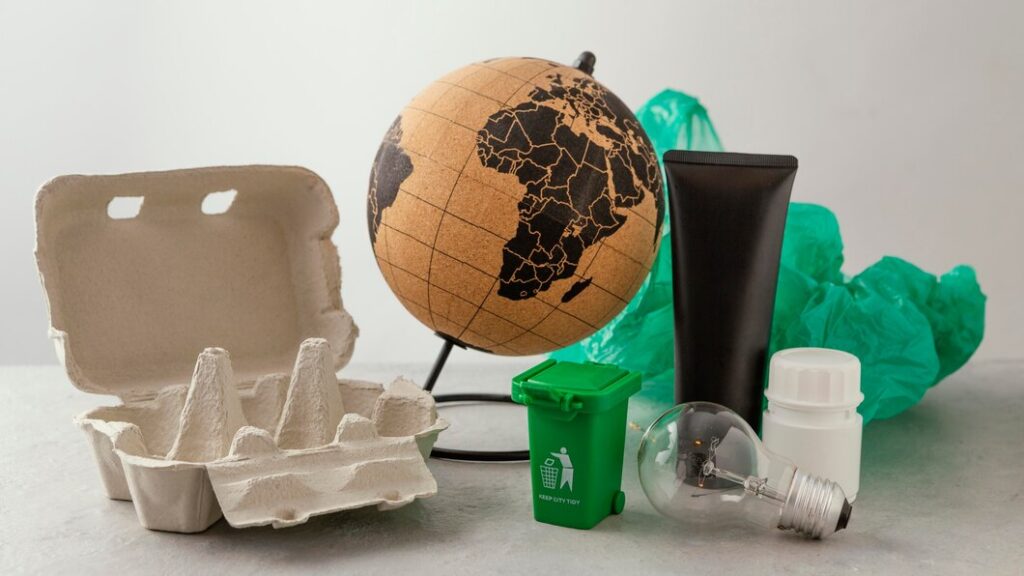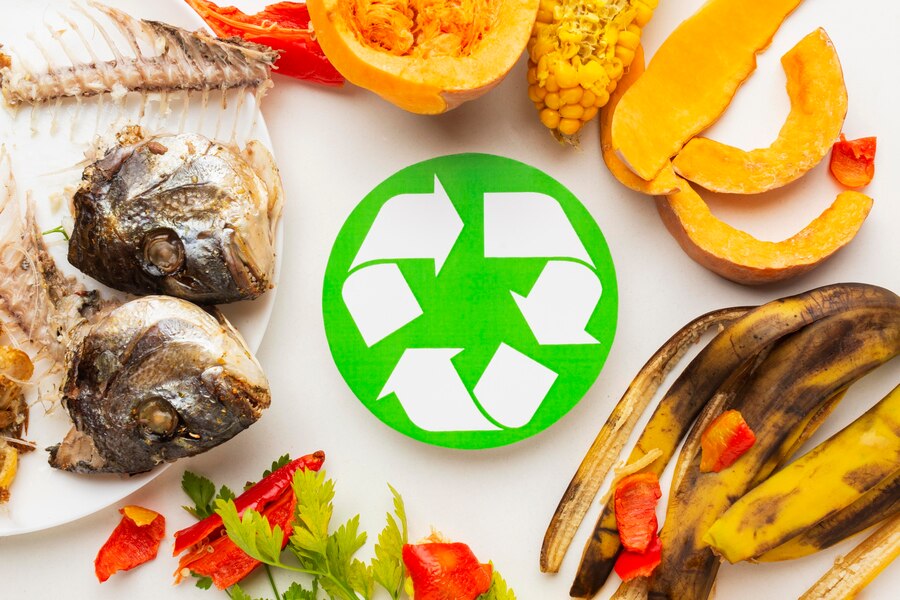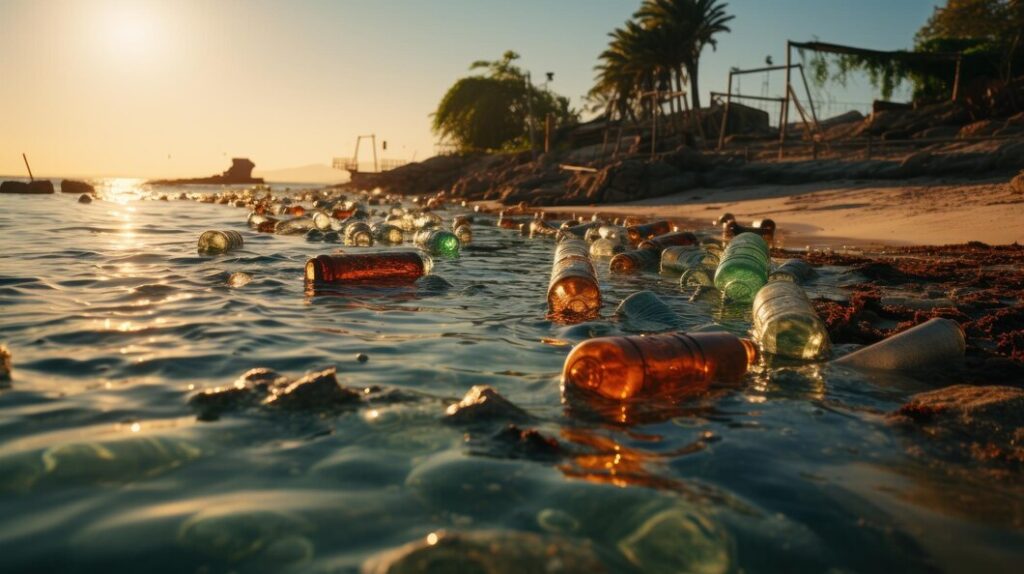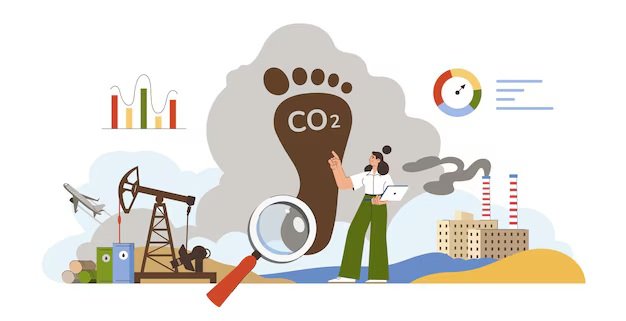20 Examples of Biodegradable and Non-Biodegradable Waste
The more I learn about the types of waste we create daily, the more I realise how much of an impact these materials have on the planet. From food scraps to plastic bottles, each piece of waste has its own lifecycle and environmental footprint. When I first started looking into waste management, I didn’t realise just how much could be changed with small habits, like using a reusable water bottle or composting food scraps.
In this guide, I’ll dive into 20 examples of biodegradable and non-biodegradable waste, sharing practical insights and lessons I’ve picked up over the years. With expert quotes, real-world examples, and my own stories, this article is meant to equip you with a deeper understanding of waste and how we can manage it in sustainable, practical ways.

In This Article
- Biodegradable Waste – Nature’s Recycling System
- Non-Biodegradable Waste – What Lingers in the Environment
- Conclusion: Making Small, Sustainable Choices
Biodegradable Waste – Nature’s Recycling System
Biodegradable waste consists of materials that naturally break down and return to the environment. For me, seeing this process firsthand has been eye-opening. If you’ve ever composted, you know what I mean—it’s amazing how leftover food or yard waste can decompose into nutrient-rich soil.
1. Food Scraps (Fruits and Vegetables)
I started composting a few years back, initially just tossing fruit and veggie scraps into a bin. At first, I wasn’t sure it would make much difference, but it was a game-changer for my garden. Food waste makes up around 24% of landfill material in the U.S., according to the EPA. The more I composted, the richer my garden soil became, and I could see how this “waste” was really a resource.
Dr. Mary Devereux, an environmental scientist, says, “Composting food waste can cut down on methane emissions, which is a potent greenhouse gas. It’s one of the simplest ways to make a real environmental impact at home.”

2. Paper Products
Paper is one of those materials we often take for granted. But recycling paper, rather than tossing it, can save enormous amounts of energy and water. I used to let paper pile up before realising that it decomposes quickly in a compost bin. It takes about 2-6 weeks to decompose, and it’s easy to recycle if composting isn’t an option.
3. Yard Waste (Grass Clippings, Leaves, and Twigs)
I discovered the beauty of using yard waste in my garden years ago, turning grass clippings and fallen leaves into mulch. By leaving grass clippings on the lawn instead of bagging them, I saved time and returned nutrients to the soil. A study from the University of Vermont found that yard waste compost improves the soil’s ability to retain water, making plants more resilient.
Learn More: What Fabrics are Biodegradable? Guide to Sustainable Fashion Choices
4. Wood
Untreated wood, like scrap lumber or fallen branches, is entirely biodegradable. One of my favourite ways to use scrap wood is as edging for garden beds, where it slowly decomposes, enriching the soil as it breaks down. Treated wood, however, often has chemicals, so stick with untreated wood when possible.
5. Human and Animal Waste
In more rural areas, using composting toilets or natural waste management methods has been common for decades. If you’ve ever heard of septic tanks or humanure composting, these are systems that let waste decompose naturally. The World Health Organisation points out that using treated waste as fertiliser can significantly boost soil health.
6. Cotton and Other Natural Fibres
Switching to natural fibres like cotton and wool has been a journey for me, especially after learning that synthetic fabrics contribute to microplastic pollution. Cotton and wool can take around 1-12 months to decompose, depending on the environment, but they’re far better for the planet than their synthetic counterparts.
7. Coffee Grounds and Tea Bags
As a coffee lover, I end up with a lot of coffee grounds, and I learned they’re a great addition to compost because they provide nitrogen, an essential nutrient for plants. Some tea bags are also biodegradable, though many still contain plastic. When choosing brands with compostable tea bags, you’re helping to keep non-biodegradable waste out of your compost.
8. Eggshells
Eggshells are rich in calcium, a mineral that plants need. Crushed eggshells make a great addition to the compost, though they take longer to decompose. Over time, they help to reduce soil acidity, which I’ve seen firsthand in my tomato plants, which seem to thrive with a bit of extra calcium.
9. Nutshells
I often add peanut shells and other nutshells to my compost, although they decompose more slowly than other materials. Still, they provide a textured addition to compost and help aerate the soil.
10. Plant-based utensils and Packaging
As we move toward more sustainable packaging, plant-based utensils are becoming more popular. Unlike regular plastic, these items break down under the right conditions. I’ve used compostable cups and forks at events, and they do take longer to compost at home, but knowing they’re plant-based makes it worth the effort.
Non-Biodegradable Waste – What Lingers in the Environment
Non-biodegradable waste includes plastics, metals, and other materials that resist decomposition. While some of these can be recycled, many can’t, meaning they end up sitting in landfills or worse, polluting natural environments.
11. Plastic Bottles
Plastic bottles are one of the biggest contributors to environmental pollution. I was shocked to learn that a single plastic bottle can take up to 450 years to break down. Switching to a reusable water bottle not only reduces plastic waste but also saves money and resources.
Did You Know? According to the World Economic Forum, by 2050, there could be more plastic than fish in the ocean if current trends continue.

12. Styrofoam
Styrofoam, or polystyrene foam, is nearly impossible to decompose. I used to see Styrofoam everywhere—from coffee cups to packaging. Many cities are banning it due to its environmental impact, and more sustainable alternatives, like biodegradable packaging, are slowly taking its place.
13. Aluminium Cans
Aluminium cans are fully recyclable, which makes them a better choice compared to plastic. I’m diligent about recycling aluminium cans because recycling saves around 95% of the energy needed to make new aluminium. According to Earth911, recycled aluminium can be back on the shelf as a new can in as little as 60 days.
14. Glass
Glass, while not biodegradable, can be recycled indefinitely. I’ve started reusing glass jars for storage at home and recycling bottles whenever possible. Unlike plastic, recycled glass doesn’t lose quality, making it a highly sustainable option.
15. Electronics
E-waste is one of the fastest-growing types of waste. Only about 17% of e-waste is recycled globally, according to the United Nations. I’ve started donating or repurposing electronics whenever possible, keeping harmful materials out of landfills and giving these items a second life.
Learn More: Why Is Plastic Pollution Bad for the Environment? Understanding Its Impact and Solutions
16. Plastic Bags
Plastic bags are highly problematic for the environment and take hundreds of years to decompose. After switching to reusable cloth bags, I realised just how much single-use plastic I was using before. In the U.S., less than 10% of plastic bags are recycled, so every reusable bag truly makes a difference.
17. Batteries
Batteries contain heavy metals that can be highly toxic if they leak into the soil or water supply. Many stores now accept batteries for recycling. I keep a small bin in my garage for used batteries, making it easy to recycle them once I have a collection.
18. Synthetic Fabrics
Synthetic fabrics like polyester shed microplastics that persist in waterways. Choosing natural fibres when possible is an easy swap that minimises plastic pollution. I try to look for clothes made from materials like organic cotton or hemp whenever possible.
19. Cigarette Butts
One surprising but significant contributor to pollution is cigarette butts. Cigarette filters contain plastic, and according to Ocean Conservancy, they’re the most common item found during beach cleanups. Many people aren’t aware that cigarette butts can take years to decompose, which makes finding sustainable alternatives important.
20. Car Tires
Car tyres don’t decompose and contribute to land and air pollution. However, recycled tyres can be repurposed into playground surfaces or road materials. I learned that these recycling programs are essential for keeping old tyres out of landfills, though they’re not yet widespread.
Real-World Stories, Expert Insights, and Statistics
The more I explore waste management, the clearer it becomes that small changes can make a big impact. Whether it’s choosing biodegradable packaging or reducing reliance on plastic, each step counts.
Environmental scientist Dr. Jenna Jambeck points out that “Every piece of plastic created since the 1950s is still on the planet in some form. The power of personal choice and reducing waste is one of the most impactful actions individuals can take.”
In my neighbourhood, we started a community composting program. The difference in waste reduction was visible within weeks, as neighbours got involved, and our local gardens benefited from nutrient-rich soil.
Actionable Tips for Reducing Waste
- Compost Your Food Scraps: Composting is one of the simplest ways to reduce waste and enrich the soil.
- Choose Reusable Alternatives: Switch to reusable water bottles, bags, and containers to reduce single-use plastic waste.
- Recycle Responsibly: Familiarise yourself with local recycling programs and follow their guidelines.
- Opt for Natural Fibres: Choose cotton, wool, and hemp over synthetics to reduce microplastic pollution.
- Dispose of E-Waste Properly: Find e-waste recycling programs or donate electronics to extend their life.
Conclusion: Making Small, Sustainable Choices
Waste management can seem overwhelming, but small changes can make a big impact. By learning the difference between biodegradable and non-biodegradable waste, and making mindful choices, each of us can reduce our footprint. Let’s continue taking steps to reduce, reuse, and rethink how we handle waste for a more sustainable future.







